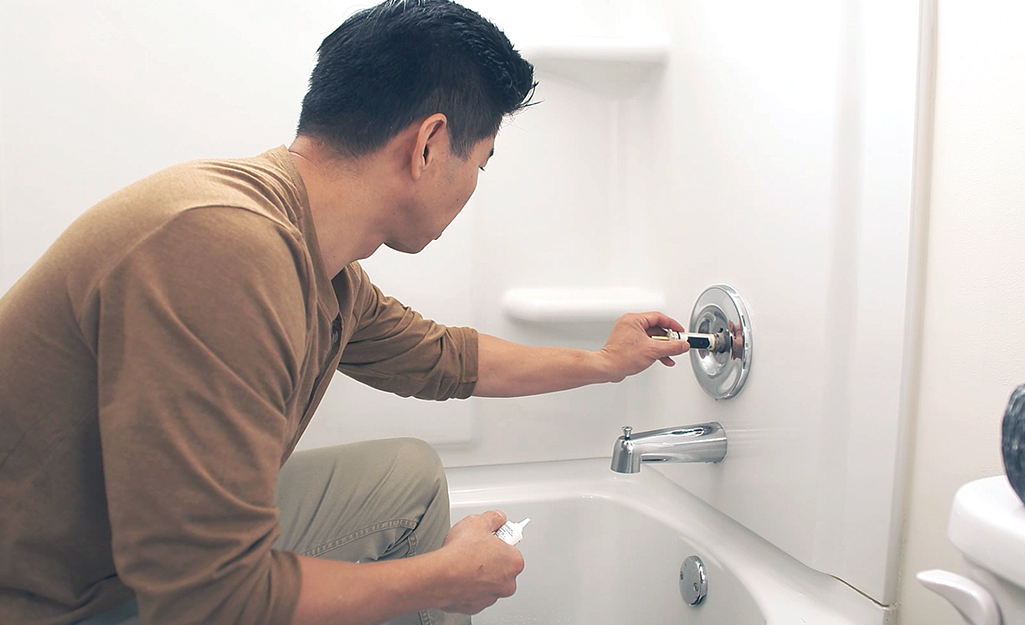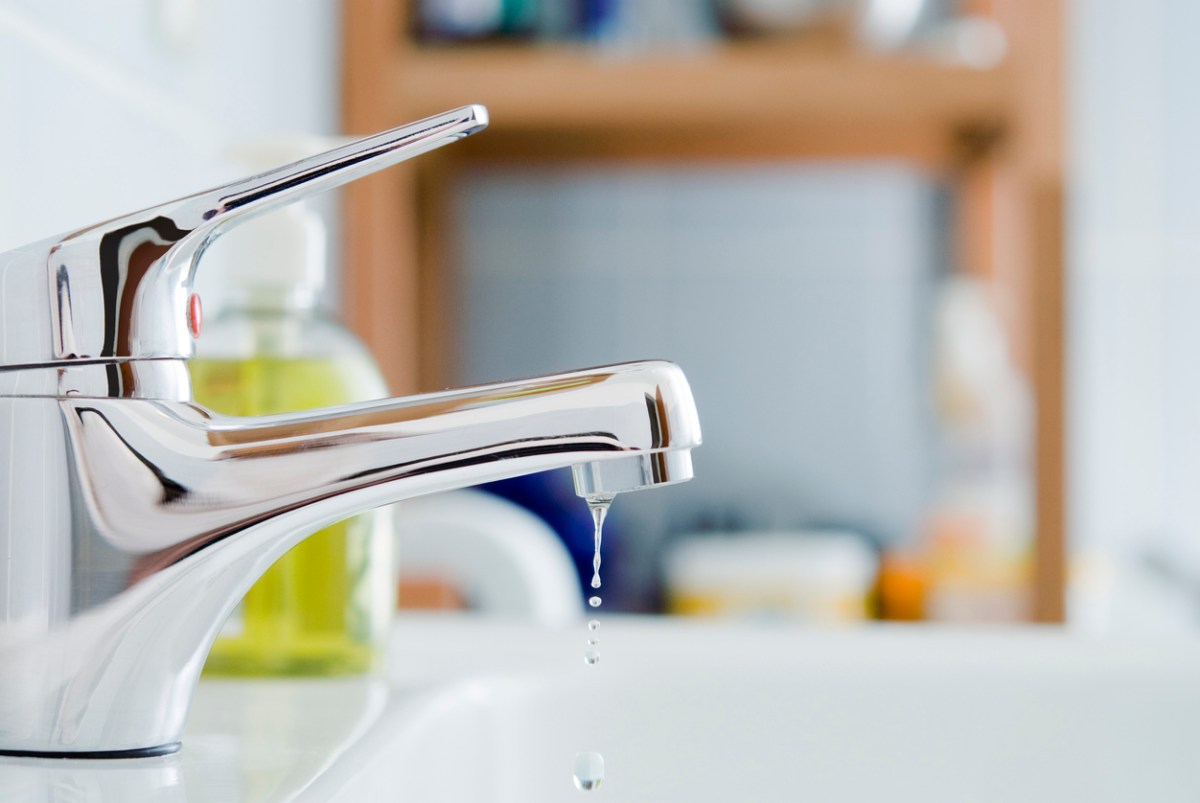Just how do you really feel on the subject of Why Are My Faucets Dripping (And Can I Fix It Myself)??

Leaking faucets might feel like a small inconvenience, but their effect goes beyond just the nuisance of the audio. From wasting water to incurring unnecessary economic prices and health and wellness dangers, overlooking a dripping faucet can cause various consequences. In this article, we'll look into why it's critical to address this typical family problem without delay and efficiently.
Waste of Water
Environmental Influence
Dripping taps contribute dramatically to water waste. According to the Environmental Protection Agency (EPA), a single tap leaking at one drip per secondly can lose more than 3,000 gallons of water per year. This not only strains water sources yet likewise impacts ecological communities and wildlife based on them.
Step-by-Step Overview to Repairing a Dripping Tap
Tools Called for
Before attempting to deal with a trickling faucet, collect the essential tools, including a flexible wrench, screwdrivers, replacement components (such as washing machines or cartridges), and plumber's tape.
Common Tap Issues and Their Solutions
Recognize the sort of faucet and the certain issue creating the drip. Usual issues consist of worn-out washers, rusty shutoff seats, or faulty O-rings. Refer to supplier guidelines or online tutorials for step-by-step advice on repair services.
Financial Costs
Raised Water Expenses
Past the environmental influence, trickling faucets can pump up water bills considerably. The gathered waste with time converts right into higher energy costs, which might have been prevented with prompt repair services.
Potential Building Damage
Moreover, extended leaking can cause harm to fixtures and surface areas bordering the tap. Water build-up can cause discoloration, deterioration, and also structural issues if left unattended, resulting in extra repair costs.
Wellness Problems
Mold and Mold Development
The continuous visibility of moisture from a trickling faucet creates a suitable setting for mold and mold growth. These fungi not just compromise indoor air high quality however likewise present wellness risks, particularly for individuals with respiratory conditions or allergic reactions.
Waterborne Conditions
Stationary water in trickling taps can come to be a breeding place for germs and other virus, boosting the risk of waterborne conditions. Pollutants such as Legionella bacteria thrive in stationary water, potentially causing serious health problems when ingested or inhaled.
Do it yourself vs. Specialist Repair work
Pros and Cons of DIY Repair Work
While some might try to fix a leaking tap themselves, DIY repair services come with their own collection of obstacles. Without proper expertise and tools, DIY attempts can aggravate the concern or lead to incomplete fixings, lengthening the problem.
Advantages of Employing a Specialist Plumber
Employing a professional plumber guarantees that the underlying root cause of the trickling faucet is resolved effectively. Plumbing professionals possess the expertise and devices to identify and repair faucet issues efficiently, conserving time and decreasing the risk of further damages.
Environmental Obligation
Private Contribution to Preservation
Taking obligation for fixing dripping faucets lines up with wider efforts towards water conservation and environmental sustainability. Every person's actions jointly make a substantial impact on preserving priceless resources.
Sustainable Living Practices
By focusing on prompt repairs and adopting water-saving practices, people add to sustainable living methods that benefit both existing and future generations.
Preventive Measures
Regular Maintenance Tips
To prevent dripping taps, perform routine upkeep such as cleaning up aerators, inspecting for leakages, and changing damaged components immediately. Additionally, take into consideration setting up water-saving gadgets or updating to more reliable components.
Significance of Prompt Services
Addressing dripping faucets as soon as they're discovered prevents more water wastefulness and prospective damages, inevitably saving both water and money over time.
Influence On Home Value
Perception of Well-Maintained Residential Property
Maintaining a residential property in good condition, consisting of resolving upkeep concerns like leaking taps, enhances its viewed value and worth amongst prospective buyers or occupants.
Influence on Resale Worth
Characteristics with well-maintained plumbing components, including taps, command higher resale worths in the property market. Attending to trickling faucets can contribute to a favorable perception during home examinations and settlements.
Verdict
Resolving a leaking tap surpasses mere convenience; it's a crucial step towards conserving water, minimizing financial costs, and securing wellness and residential or commercial property. Whether with DIY repair services or expert support, taking action to repair trickling taps is a small yet impactful means to promote liable stewardship of resources and add to a healthier, much more lasting future.
How to Fix a Leaky Faucet: Step-by-Step Repair Guide
A leaky faucet may seem like a simple annoyance, but if it's not fixed promptly, that leak could cost hundreds to potentially thousands. From water damage to mold, mildew, and high water bills, even a tiny leak can be catastrophic if left unattended. Damage like this can even affect the overall value of your home, so it's important to take the right approach for leaky faucet repair. You may need the help of a plumber in some cases, but we've got a few tips you can try on how to fix a leaky faucet before calling the pros.
Four Faucet Types
When you're learning how to fix a leaky faucet, the first step is knowing what kind of faucet you're working with! There are four common types.
Cartridge Faucets
Cartridge faucets come in one- or two-handled varieties. In one-handled cartridge faucets, hot and cold water combines in a single cartridge. In the two-handled versions, hot and cold water are controlled separately and mixed in the faucet.
Ball Faucets
Ball faucets have a single lever you push up and down to adjust the pressure and rotate to change the temperature. A slotted metal ball controls the amount of water allowed into the spout.
Compression Washer Faucets
They're the oldest type of faucet, but they're still used in many homes — especially older ones. Compression faucets have two separate handles that, when turned, raise or lower the washer that seals a water valve. This valve stops water from flowing through the faucet when it is turned off.
Disc Faucets
Disc faucets rarely need to be repaired due to their maintenance-free design. The water flow is controlled by two discs — the upper one raises and lowers against a fixed lower disc, creating a watertight seal. If your disc faucet starts leaking, you may need to replace the seals or clean residue buildup from the inlets.
Fixing a Leaky Faucet
Step 1: Turn Off the Water
Whether you're learning how to fix a leaky bathtub faucet or how to fix a leaky kitchen faucet, always turn off the water supply to your working area when you're fixing a leak. The last thing you want is a flood added to your list of things to fix.
Look for the shutoff valves below your sink or around the tub and turn them clockwise to stop the water flow. If your faucet doesn't have shutoff valves, you may need to turn off the water for the whole house. Check to make sure it's off by turning the faucet on. If nothing comes out, you're ready to start the repair.
Step 2: Take Apart the Faucet
How you disassemble your faucet depends on the type of fixture you have. You can use a flathead screwdriver to remove the caps on top of the handle or handles for cartridge and compression faucets. Inside, you should see handle screws. Unscrew these with a screwdriver to remove the handle.
Disc- and ball-style faucets will typically have an inlet screw near the handle, and removing that will reveal the interior of the faucet.
Detach the Valve Stem
For cartridge- and compression-style faucets, you'll see the inner valve stem or cartridge once you remove the faucet handles. If you have a compression faucet, unscrew the brass valve stem. If you have a cartridge faucet, pull out the cartridge. If your cartridge has been in place for a while, it may require some tools or extra force to remove it due to mineral deposits.
Examine and Replace Parts
Once you've removed the parts, check them out to confirm what needs to be replaced. You may see corroded rubber washers, O-rings, stems, or cartridges. On a ball-style faucet, check the seats and springs for damage.
If you need to repair a leaky disc faucet, check the inlet and seals on the lower disc.
Once you determine what parts must be replaced, visit your local hardware store. Bring the damaged parts with you to ensure you can purchase the correct components to replace them.
Clean Valves and Faucet Cavity
If you've removed a stem or cartridge, you may notice mineral buildup in the faucet's threads. Use white vinegar to clean the valve seat by soaking it for a few minutes, then scrub it away with a soft toothbrush and rinse with warm water. You can also clean the interior of the faucet in the same way.
Reassemble the Faucet
Once your faucet is cleaned and the required parts have been replaced, it's time to reassemble it. Put the pieces back together and slowly turn the water supply back on. Doing this slowly is crucial because too much initial water pressure can damage the new hardware you've just installed.
https://homewarranty.firstam.com/blog/how-to-fix-leaky-faucet

As an enthusiastic reader on , I was thinking sharing that post was really useful. Liked our write-up? Please quickly share it. Let another person discover it. Many thanks for going through it.